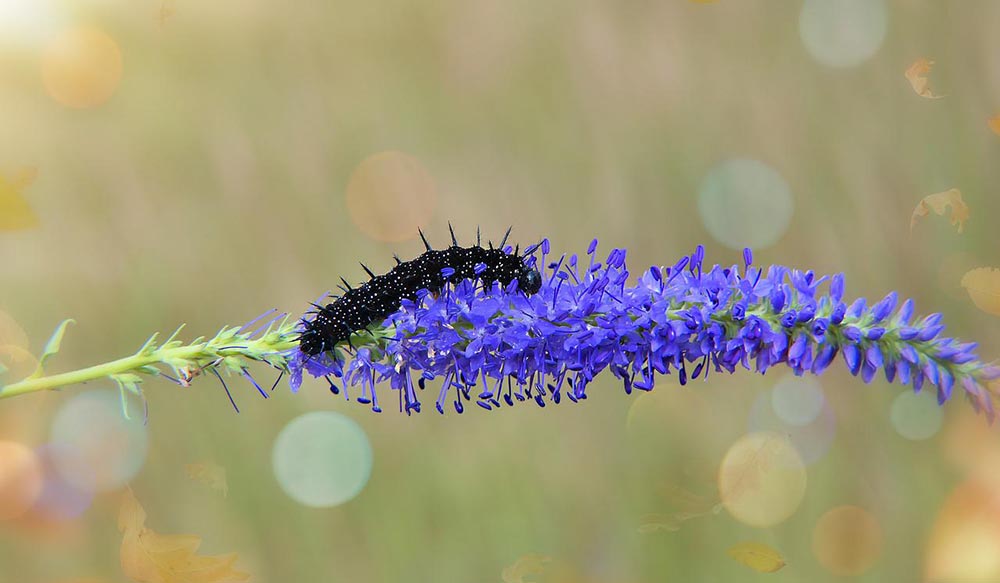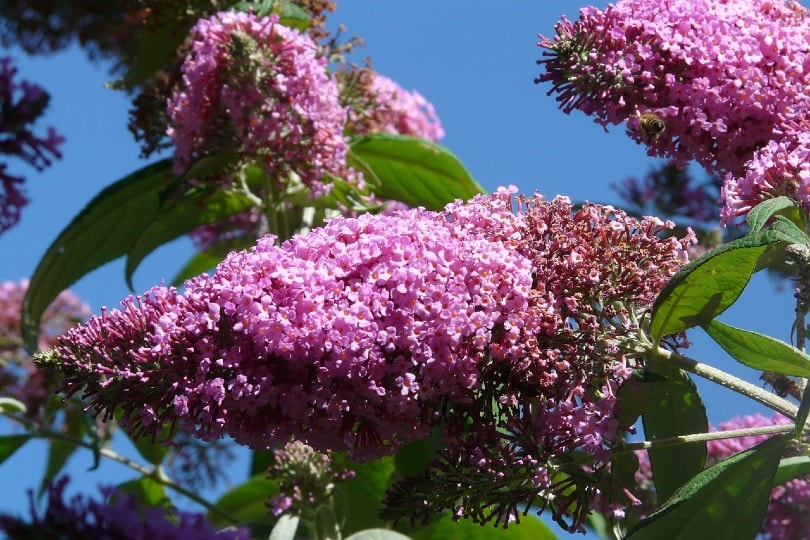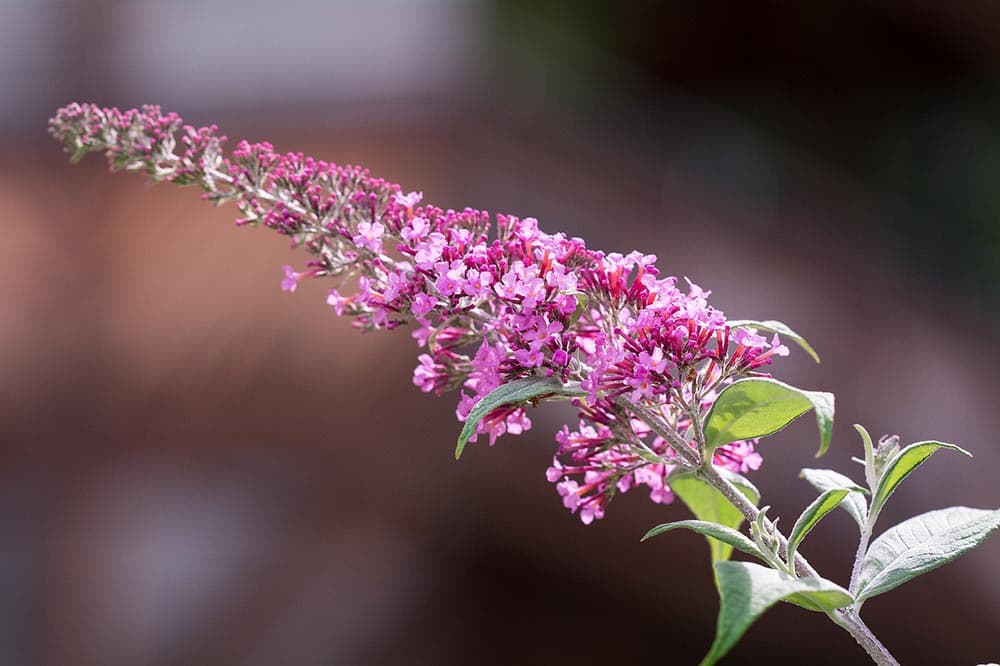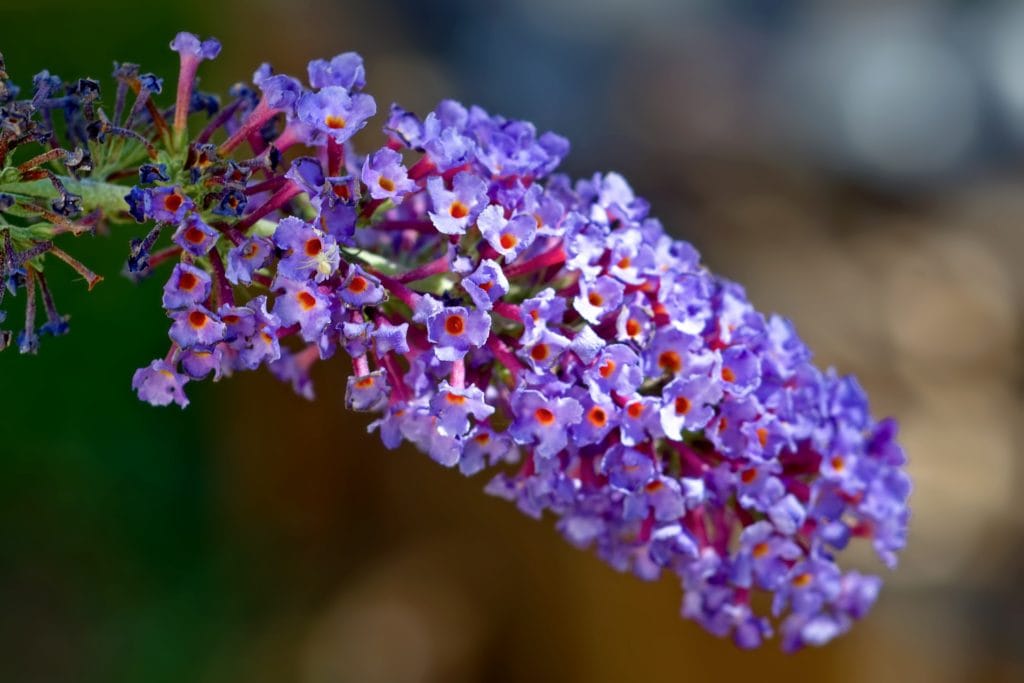When Do Butterfly Bushes Bloom? Facts & FAQ
-
Ed Malaker
- Last updated:

The butterfly bush is a fantastic addition to any garden because it’s extremely hardy and tends to attract butterflies, hummingbirds, and pollinating bees. If you are wondering when these bushes bloom, you will be happy to know that they start blooming in early summer and will continue right into fall, though that longevity depends on their location and how you care for them. Keep reading as we dig into more interesting facts and provide plenty of tips and tricks for getting the most out of these attractive plants.
What Is a Butterfly Bush?
The butterfly bush is a shrub that produces large, cone-shaped, fragrant flowers that are usually purple, pink, white, yellow, or blue. In colder climates, it will usually die back to the bulb each winter and grow back in the spring. It will only lose its leaves in warmer temperatures, like a deciduous tree, so it can get larger and produce more flowers. The butterfly bush grows well in any well-drained soil and will even tolerate polluted environments. It’s also resistant to pests and drought.

When Does a Butterfly Bush Bloom?
When your butterfly bush blooms depends largely on where you live and what type of winter you had. Very young plants may not bloom the first year if you start late. Deciduous butterfly bushes in warm climates will have a big head start and can start producing flowers in early summer. In contrast, those that suffered a harsh winter might not have flowers until August. In either case, these plants will continue to have blooms until the first cold spell, when you will see their color start to fade as they go into their dormant period.
Growing a Butterfly Bush
Planting
Growing a butterfly bush is incredibly easy, even from seed, and you won’t need to do much more than put the seed where you want the plant to grow. However, you can speed up the process by transplanting one of the many seedlings growing around the base of its parent plant each spring.
Ground or Pots
The butterfly bush is too large to grow in most pots, so most gardeners recommend planting it in the ground. However, in cold environments, cutting the plant back and transplanting the bulb into a pot so you can store it inside over the winter can help it survive and will give you a head start next year. When planting them in the ground, most experts recommend spacing them 5–10 feet apart so they don’t entangle each other, especially in warm climates.

Sunlight
Try to plant your butterfly bush where it will receive plenty of sunlight. The more sunlight it receives, the more flowers it will produce. For the best results, find a position in your yard that will enable the plant to get at least 6–8 hours of direct sunlight each day.
Soil
Your butterfly is not picky about the soil that it grows in, as long as it’s well-drained, so the roots don’t stay wet and lead to root rot and mold growth. Clay can be particularly difficult because it can hold moisture for a long time.
Pruning
Most gardeners recommend pruning your butterfly bush in the early spring after new growth emerges to encourage the plant to grow faster, especially in cool environments. Trimming the plant back in the fall leaves it susceptible to damage over a harsh winter.
Patience
While these plants produce flowers quickly, they are often among the last plants to start turning green each spring, making many people think that they didn’t make it through the winter. Always be patient, and give them extra time before you start to dig them up — you will likely be surprised to find that they are perfectly healthy.

Frequently Asked Questions
Why Might Growing a Butterfly Bush Be a Bad Idea?
The butterfly bush is a hardy plant that can push out other species and spread quickly. It drops plenty of tiny seeds from its numerous flowers, and you will likely see dozens of new plants growing around the parent each year. They are hard to control because the wind carries the seeds, causing many areas to list them as invasive, especially in the eastern and western United States. While these plants attract butterflies, the insects can’t lay eggs on the leaves, so they are of no actual benefit to them. In fact, they can harm the butterflies by outcompeting plants like milkweed, which would support the butterflies’ offspring.
What Can I Plant Instead to Help the Butterflies?
If your interest in the butterfly bush is to attract butterflies to your property, we recommend choosing an option that will be more helpful to them. The milkweed plant is a great choice, though it is becoming quite difficult to find because pesticides are killing it off at an alarming rate. It’s essential to the monarch butterfly, so planting it will likely bring a few to your property. Other options include goldenrod, spicebush, aster, pawpaws, and oak trees, all of which can help butterfly populations grow stronger instead of putting more strain on them.
Conclusion
Butterfly bushes will bloom from early summer to late fall in warm climates and from mid to late summer to late fall in cold parts of the country. It’s a hardy plant that is easy to grow and requires almost no care. It also looks nice, has a pleasant fragrance, and attracts butterflies, hummingbirds, and bees. However, many areas consider it invasive, so we recommend checking with your local authorities before planting one to stay out of trouble. Even if it’s legal, we recommend considering its environmental impact because it can push out important plants that butterflies need, and many other plants are just as attractive and more beneficial to the butterflies.
Featured Image Credit: Krzysztof Niewolny, Pixabay
Contents
